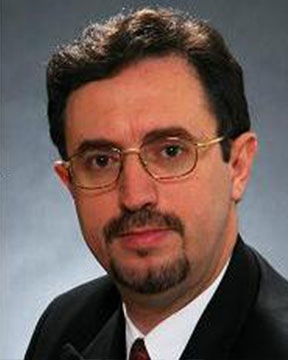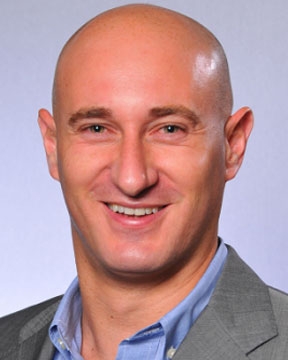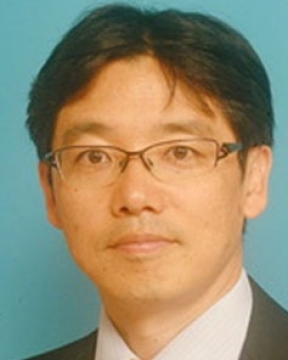
The concept of solid-state chemistry corresponds to the relationships occurring between the synthesis, structure, and physical-chemical properties of solid inorganic compounds (in most cases), leading to a final compound with optimized properties. Solid-state chemistry exhibits therefore a strong overlap with other scientific domains such as solid-state physics, mineralogy, crystallography, ceramics, metallurgy, polymer chemistry, electrochemistry, thermodynamics, materials science and electronics, with a focus on the synthesis of novel compounds and their accurate characterization. This discipline plays a crucial role in the discovery, the design, and optimization of new functional materials to meet the ever-growing societal demands for smaller, faster, cleaner, and more sustainable technologies. It can be pointed out that the discovery of a material with the right combination of properties has sometimes shifted the entire paradigm upon which a technology is based: lithium-ion batteries, perovskite solar cells, new forms of carbon may illustrate this point.
A tailoring of the process can be proposed at every step, in order to reach and optimize the targeted properties. Concerning the available synthesis routes, the conventional ceramic method is the most common one and involves reactions at elevated temperatures. Due to the fact that intermediate or final products of current interest have often a metastable nature, low-temperature techniques can be sometimes preferred, such as sol-gel, "chimie douce" routes, electrochemical way, etc. Because of the diversity of the methods, the range of the morphology of the obtained samples is extremely wide, ranging from large size single crystals to thin films, composite and hybrid materials, nano-powders with high surface areas, amorphous glasses or glass ceramics. It should be pointed out that the discovery and recent use of nano-scale compounds has revolutionized the applications in many fields, in particular electronics and optics.
The structural properties of the solid-state compounds are of course dependent on the atomic and electronic structures of the involved elements. The "tool-box" available to the scientist includes possible changes in composition, atomic stacking, anionic and/or cationic substitutions, atomic ordering, stoichiometry, nature and competition between the present chemical bonds. The involved atomic/electronic arrangements in these materials are of decisive importance in all crystalline and amorphous solids, e.g. metals, ceramics, powders, semiconductors, thin layers, composite and hybrid materials, (co)polymers, etc.
The relationships between structural aspects and physical properties can cover the following fields : optical properties, highTc superconductivity, magnetism (3-dimensional, 2-dimensional, one-dimensional and heteroleptic transition metal complexes), multiferroism, ferroelectricity, insulator-metal transitions, ionic conduction mechanisms, ab-initio calculations. Important domains of applications of the final products are found in energy, electrochemistry, Quantum technologies, micro/mesoporous materials, photonics: light-emitting diodes (LEDs, OLEDs), liquid crystal displays (LCD), luminescence (up- and down-conversion), UV-visible absorbers, dye-sensitized solar cell (DSSC), transparent conducting films (TCF), solid state lasers, nonlinear optics (NLO), frequency doubling, but also in mechanical properties, micro-electronics and molecular electronics, imaging devices, electrodes and electrolytes, energy storage/conversion systems (batteries, supercapacitors), etc. Metal-Organic Frameworks (MOFs) are ideal sustainable candidates for storage of greenhouse gases, as fuels (hydrogen and methane), carbon dioxide, and catalytic applications.
In the past decades, the development and applications of new materials have been highly influenced by their effect on our environment. In this scope, although the benefits of new compounds that can be optimized to suit our society needs are evident in many fields, the drawbacks caused to our environment by some of these products should not be underestimated. In a same way, reflexions on sustainability issues can be conducted at every stage of the process, from the synthesis route to the use of the final component in a device. The purpose is to maintain change in a balanced way, in which the exploitation of resources, the type of synthesis, the orientation of technological development are in harmony and improve the current and future potential to meet human needs and aspirations. Among the varied sustainable applications, it is clear that the search of high-performance solid-state materials for energy issues has most valuable interest for all human activity and progress.
Scientific sessions will cover the following fields: synthesis routes, advanced characterization results, and diverse approaches to the discovery of improved functionalized materials at the nanosized scale, in particular for fluoride compounds. Other sessions will focus on materials and technologies where solid state chemists are essential: energy conversion and storage, electrochemistry, magnetism, electronics opto-electronics. Academic researchers from national laboratories and industry engineers will provide a broad perspective that seeks to strengthen the links between fundamental studies and paradigm-shifting applications.
The topics of this symposium will include, but are not limited to, the following selections:











